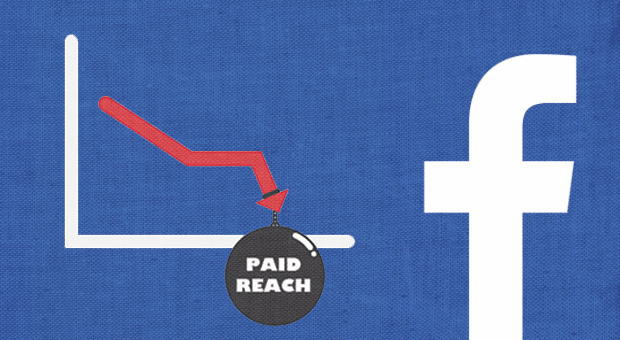Back in 2009, Flightpath designed one of the first TV Everywhere apps, by incorporating a live streaming feed into Cablevision’s MSG Varsity app. We’ve just finished the third iteration of the app and in the ensuing years, television viewing habits have changed dramatically. TV Everywhere, a term for authenticated viewing of broadcast shows from channels […]
Back in 2009, Flightpath designed one of the first TV Everywhere apps, by incorporating a live streaming feed into Cablevision’s MSG Varsity app. We’ve just finished the third iteration of the app and in the ensuing years, television viewing habits have changed dramatically.
TV Everywhere, a term for authenticated viewing of broadcast shows from channels you subscribe to on your cable or satellite network, grew in popularity by 246% over last year, according to a study by Adobe. Today, 1 out of 5 households use TV Everywhere apps to watch television content.
While the future of TV in general is still up in the air, marketers would be crazy to ignore the soaring number of TV Everywhere apps when thinking about their upcoming marketing strategies.
Below are four TV app trends marketers should watch out for:
Cross-platform marketing of TV apps
On tablets, over the top (OTT) service apps such as Netflix currently have more users than those offered by both TV networks and operators. Why is this? Lack of marketing efforts for existing TV Everywhere apps. Expect network marketers to increase promotion of their TV app in traditional and digital ads.
Greater selection of advertisements
Consumption habits have shifted and viewers are now watching multiple episodes at a time. To avoid bombarding the viewer with repetitive ads, marketers need to provide a wider variety of advertising content for these engaged users.
TV as an e-commerce platform
With the recent release of Amazon Fire TV, it’s hard not to think about the synchronization of e-commerce and television. Imagine a consumer watching content and being able to seamlessly save and purchase their favorite items from the show. Now is the time for marketers to start thinking about TV as the next screen for commerce.
Integrated social components
Consumers are demanding more and more from the TV watching experience and social media is no exception. Social media is a natural platform for discussing TV content but consumers want the interaction to be as seamless as possible without taking them away from what they’re watching. If TV apps begin incorporating social media functionality, marketers will want to take advantage of additional real-time marketing opportunities with TV viewers.
This post was written by Stephanie Bousquet (@sbousquet), Marketing Manager at Flightpath.






